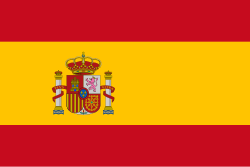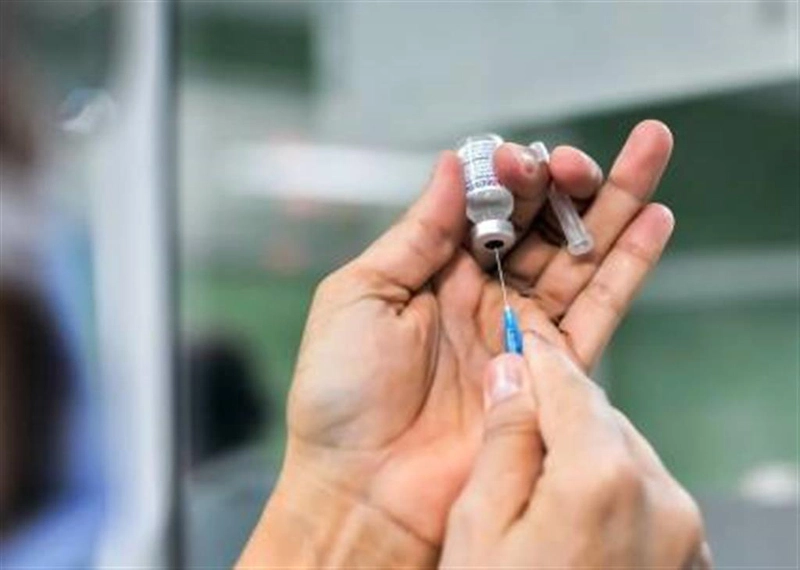More than 68,000 Cuban girls will receive an intramuscular dose of the Human Papillomavirus (HPV) vaccine starting this Monday. This injectable vaccine will be introduced into the national immunization schedule.
This population group will receive 0.5 mL intramuscularly, and two doses will be administered to girls diagnosed with an immunodeficiency disorder. To protect against cervical cancer, one of the leading causes of death from this disease in women in many parts of the world.
The World and Pan American Health Organizations (WHO/PAHO) establish that HPV vaccination is one of the measures. That are part of the global initiative to eliminate cervical cancer. Along with early detection and access to treatment.
The 90-70-90 strategy was approved for 2030. Which aims to vaccinate 90 percent of girls; Early detection of lesions in 70 percent of women. And treatment for 90 percent of patients.
In Cuba, primary schools across the country will provide space for vaccination centers where the Cecolin injectable vaccine will be administered. This vaccine protects against serotypes 16 and 18. The most common and responsible for approximately seven out of every 10 cases of this type of neoplasia worldwide.
Just a few days ago, Cuban pharmacist Dagmar García listed the benefits of immunizing girls from the age of nine: The vaccine is most effective when administered before exposure to the virus. That’s why it’s primarily recommended for girls and adolescents before they become sexually active.
It’s common for almost all sexually active people to become infected with some type of HPV in their lifetime. If an infection with these viruses persists for many years. It can cause slow changes in the cells of a woman’s cervix. Which can eventually turn into cancer, she explained.
Also Cecolin is a safe and effective vaccine and has been prequalified by the WHO. It is produced by the Chinese company Innovax. Once again, the solution is to vaccinate. This decision is 15-20 years ahead of the problem of cervical cancer, the pharmaceutical company warned.
The HPV vaccine will therefore be part of the childhood vaccination Schedule. Moreover which currently administers an annual average of approximately 4.8 million doses of 13 different types of vaccines. Either single or combined, aimed at preventing 13 diseases, according to official figures from the Ministry of Public Health.
Of the immunobiologicals, eight are domestically produced. The rest are imported, and now the HPV vaccine has been added.
Statistics show that after six decades of implementation, the National Immunization Program has achieved the elimination of six diseases (polio, diphtheria, measles, whooping cough, rubella, and mumps). Two severe clinical forms in children under one year of age (neonatal tetanus and tuberculous meningitis). And two serious clinical complications (congenital rubella syndrome and post-mumps meningitis).
With information from Prensa Latina
- Cuba Condemns Act of Piracy Against Venezuelan Oil Tanker - 11 de December de 2025
- Holguin hosts its first year-end craft fair - 11 de December de 2025
- The Lion Beyond Time - 11 de December de 2025

